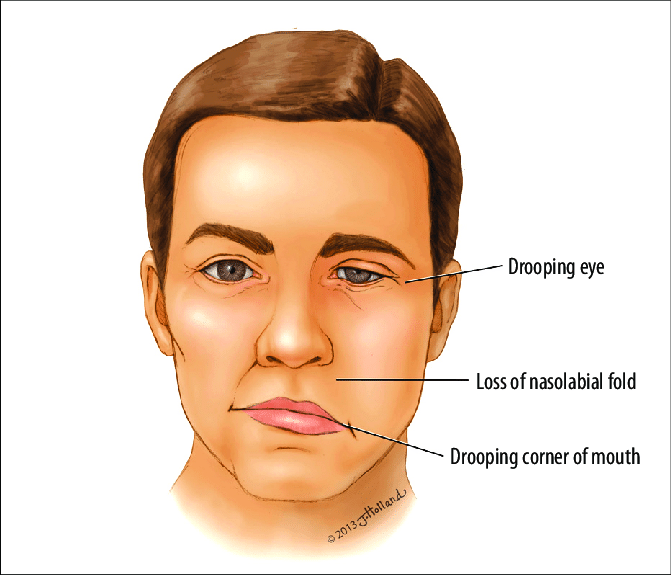Bell’s palsy, a rare disease, involves a sudden onset of a facial nerve paralysis.
The term is “idiopathic lower motor neurone facial nerve paralysis”.
Idiopathic means of unknown origin. However, it is likely to be associated with a viral, inflammatory cause, according to the conversation.com.
What are the symptoms?
People experience drooping and loss of movement on one or both sides of their face. It is very rare to have its affect both sides.
Symptoms include, difficulty smiling and expressing emotions on your face, incomplete closure of the affected eye, a change in taste, things sounding a bit louder in one ear, and even difficulty with some speech sounds or with keeping food or drink in the mouth, it says.
People might even misinterpret one’s expression. For instance, a smile might be interpreted as a sneer.
It is, however, not generally painful, although some people report pain behind the ear or a change in taste prior to onset.
What causes it?
Researchers have believed that Bell’s palsy may be associated with viral infection and related inflammation.
Treatments
People with Bell’s palsy are treated by healthcare professionals from a range of different disciplines.
Doctors also recommend corticosteroids in the first 72 hours of diagnosis to manage inflammation. Likewise, they also prescribe antiviral drugs.
Meanwhile, physiotherapy is also very effective to maximize recovery and address the long term problems.
Myths
The myth is that electrical stimulus to the face helps; however, there is no evidence to substantiate it.









Comment